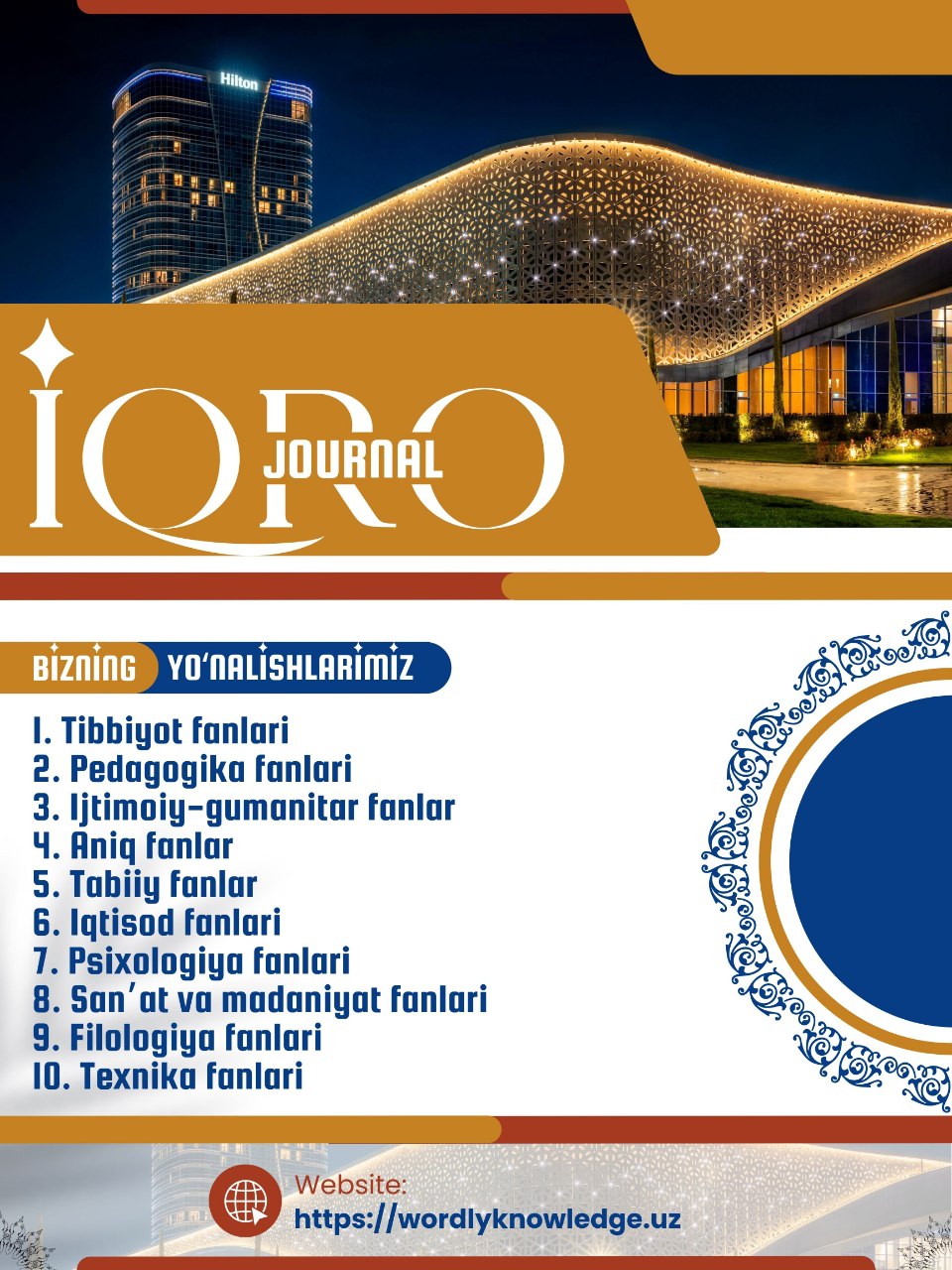TEACHING IELTS LISTENING: CHALLENGES, STRATEGIES, AND FUTURE PROSPECTS
Qo‘qon universiteti “Jahon tillari” kafedrasi, PhD Mamaziyayev Oblaberdi taqrizi ostida
Keywords:
IELTS Listening, English proficiency, listening strategies, active listening, digital learning, test preparation, adaptive learning.Abstract
This article examines the challenges and strategies involved in teaching IELTS Listening. It explores difficulties such as accent comprehension, speech speed, and question analysis, which many students face. Drawing on linguistic and pedagogical theories, the study highlights effective teaching strategies, including active listening techniques, exposure to diverse audio materials, and structured note-taking. Additionally, the role of technology, such as AI-driven feedback and adaptive learning tools, is discussed as a means to enhance students' listening skills. The paper also considers future prospects, emphasizing digital learning and personalized approaches to improve IELTS Listening instruction.
References
1.Agustiani, M., & Yulia, Y. (2019). The impact of dictation technique on students’ listening comprehension achievement. MEXTESOL Journal, 43(2).
2.Akhmedova, M. (2025). Specific features of teaching academic essay writing. Global Munosabatlar Nazariyasi: Yoshlarning Taraqqiyot Gʻoyalari xalqaro ilmiy-amaliy anjumani materiallari, 1(2), 197-200.
3.Buck, G. (2001). Assessing listening. Cambridge University Press.
4.Chapelle, C. (2003). English language learning and technology: Lectures on applied linguistics in the age of information and communication technology. John Benjamins Publishing.
5.Field, J. (2008). Listening in the language classroom. Cambridge University Press.
6.Goh, C. (2000). A cognitive perspective on language learners’ listening comprehension problems. System, 28(1), 55-75. https://doi.org/xxxx
7.Harmer, J. (2007). The practice of English language teaching (4th ed.). Pearson Education Limited.
8.Jenkins, J. (2000). The phonology of English as an international language. Oxford University Press.
9.Lynch, T. (2009). Teaching second language listening. Oxford University Press.
10.Nation, I. S. P., & Newton, J. (2009). Teaching ESL/EFL listening and speaking. Routledge.
11.Rello, L., Baeza-Yates, R., & Llisterri, J. (2015). A computer-based method to improve the spelling of children with dyslexia. International Journal of Human-Computer Studies, 73(1), 27-39. https://doi.org/xxxx
12.Richards, J. C. (2008). Teaching listening and speaking: From theory to practice. Cambridge University Press.
13.Rost, M. (2011). Teaching and researching listening. Pearson Education.
14.Sevarakhon, A. (2024). The impacts of communicative competence on second language acquisition and employing certain methods to improve speaking skills. Kokand University Research Base, 47-53.
15.Vandergrift, L., & Goh, C. (2012). Teaching and learning second language listening: Metacognition in action. Routledge.














